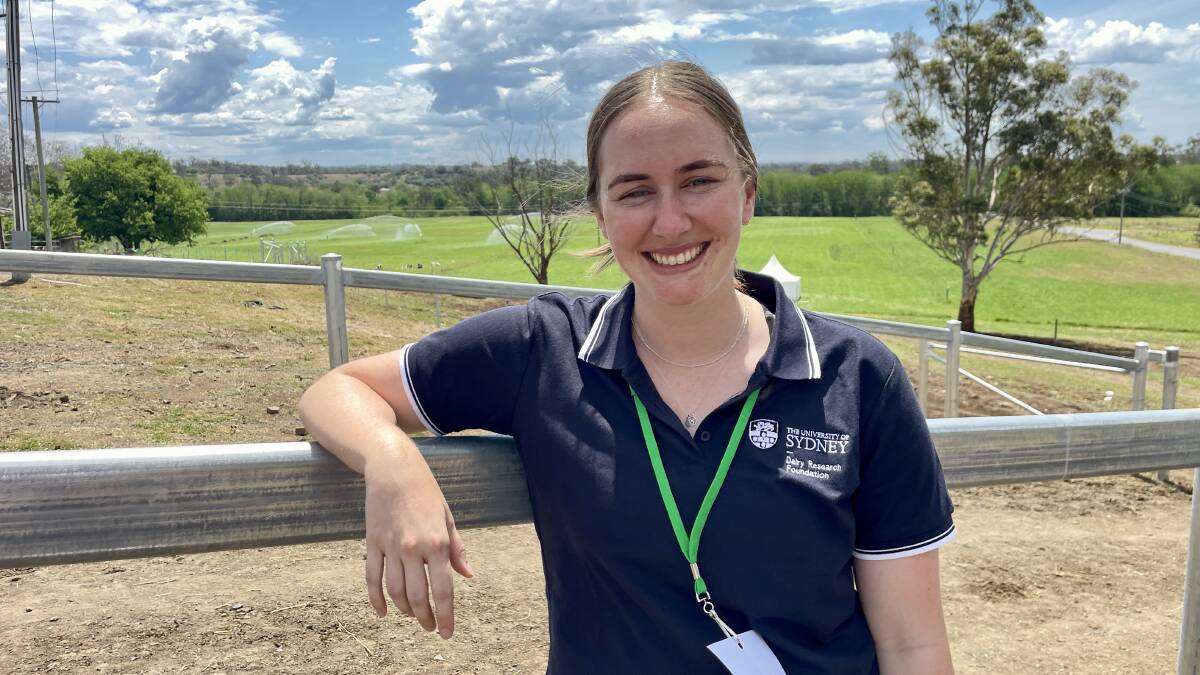The Dairy Research Foundation Symposium, held at the University of Sydney's Camden campus and Corstorphine Dairy, concluded on Wednesday.
Subscribe now for unlimited access to all our agricultural news
across the nation
$0/
(min cost $0)
or signup to continue reading
The annual two-day event showcased the industry's most recent scientific research and developments in carbon, sustainability, business and farming production to more than 200 attendees.
DRF director, Professor Yani Garcia, said the 2023 theme, 'A lot more than just Carbon', generated a myriad of powerful conversations about the reality of carbon in the dairy industry's future.
"It was brilliant to be surrounded by industry professionals, farmers and scientists all working together for a united purpose to strengthen the dairy industry in Australia," he said.
A line-up of 23 speakers shared their ideas, knowledge and expertise throughout the two-day program, which focused on the reality of carbon and a diversity of issues surrounding this.
"International keynote speakers, Dr Tim Mackle from NZ and Ad van Velde from the Netherlands captivated the audience with discussions on biodiversity and innovation amid shifting customer expectations globally," Professor Garcia said.
"Given both keynote speakers also have the practical, hands-on experience of dairy farming themselves, the audience - primarily dairy farmers from across NSW - were engaged and walked away with many new tools and ideas to implement.
"The Q&A with The University of Melbourne's Professor Richard Eckard and DPI's Aaron Simmons received great audience engagement as they talked through carbon, how it can be reduced, biodiversity, and the considerations across beef versus dairy beef."

On day two of the symposium at Corstorphine Dairy, 10 scientists presented their research as they competed for a unique professional development opportunity.
Second-year PhD candidate at the University of Sydney Alice Shirley won the Emerging Scientist competition with her presentation, 'Hot cows, cool solutions'.
Her research revealed the diversity in response to heat for individual cattle fitted with a reticuloruminal sensor through the development of a threshold model to identify water intake.

